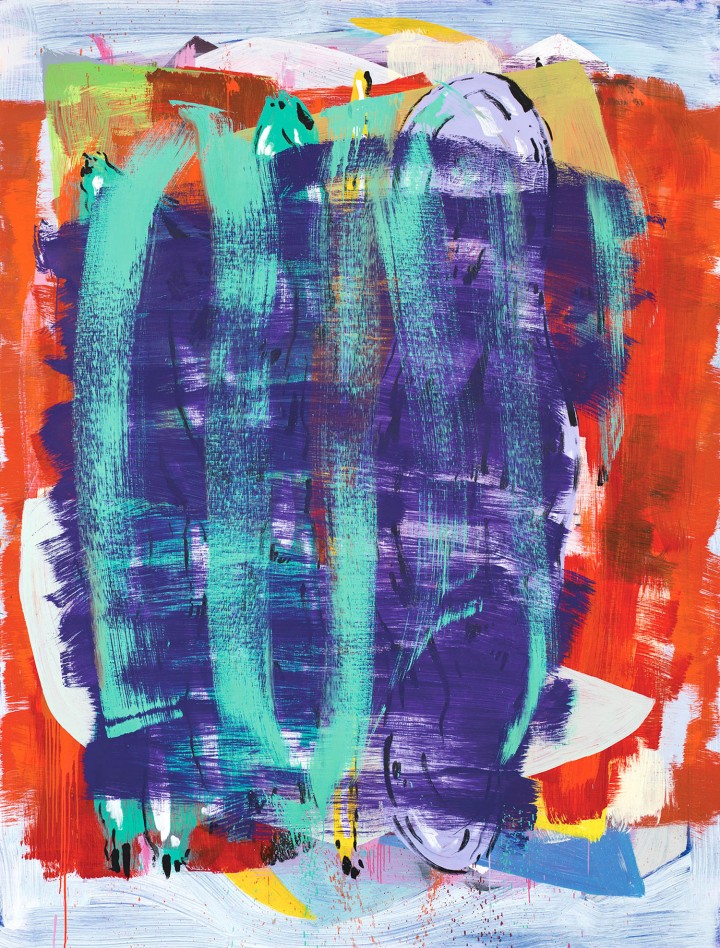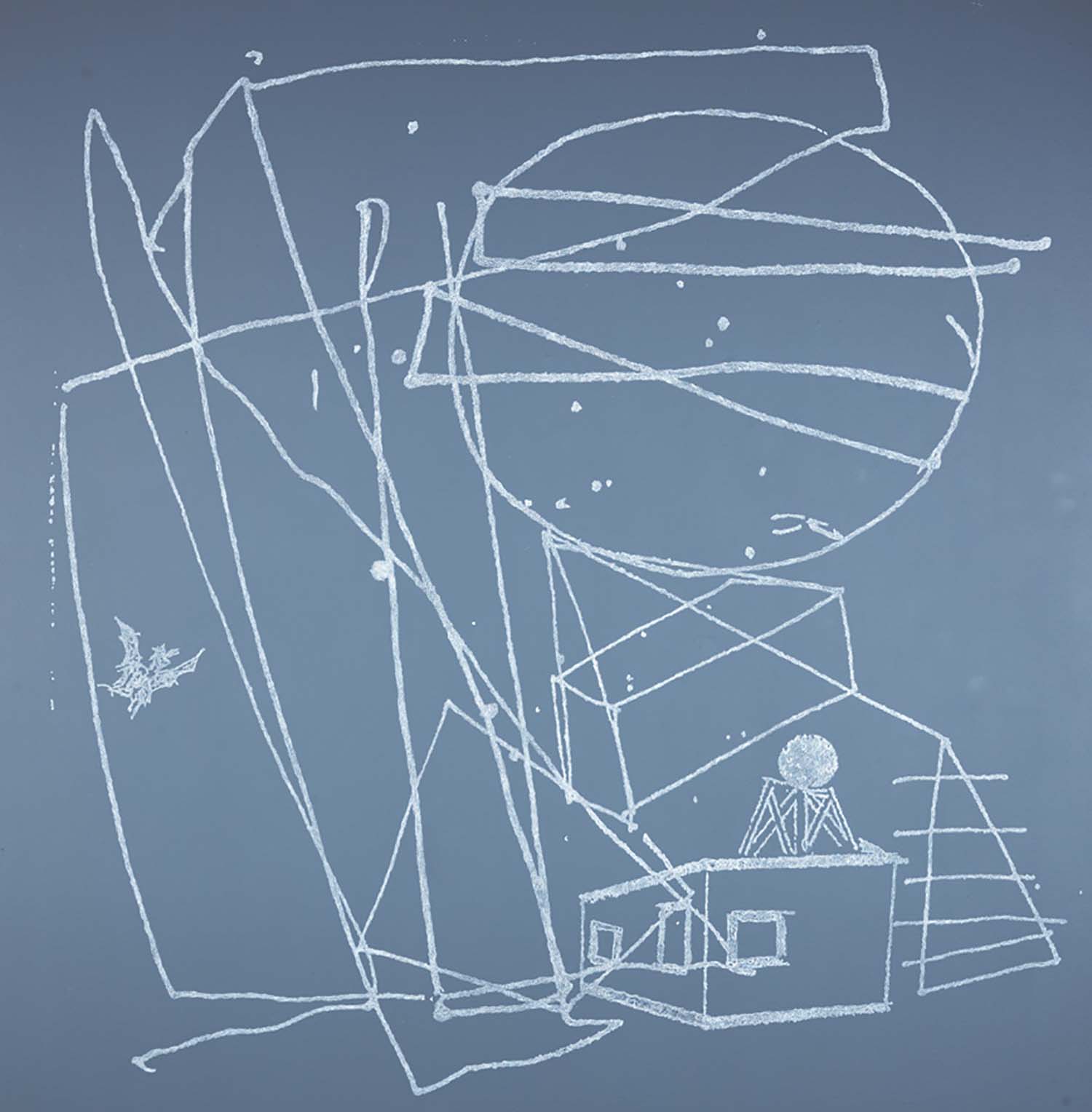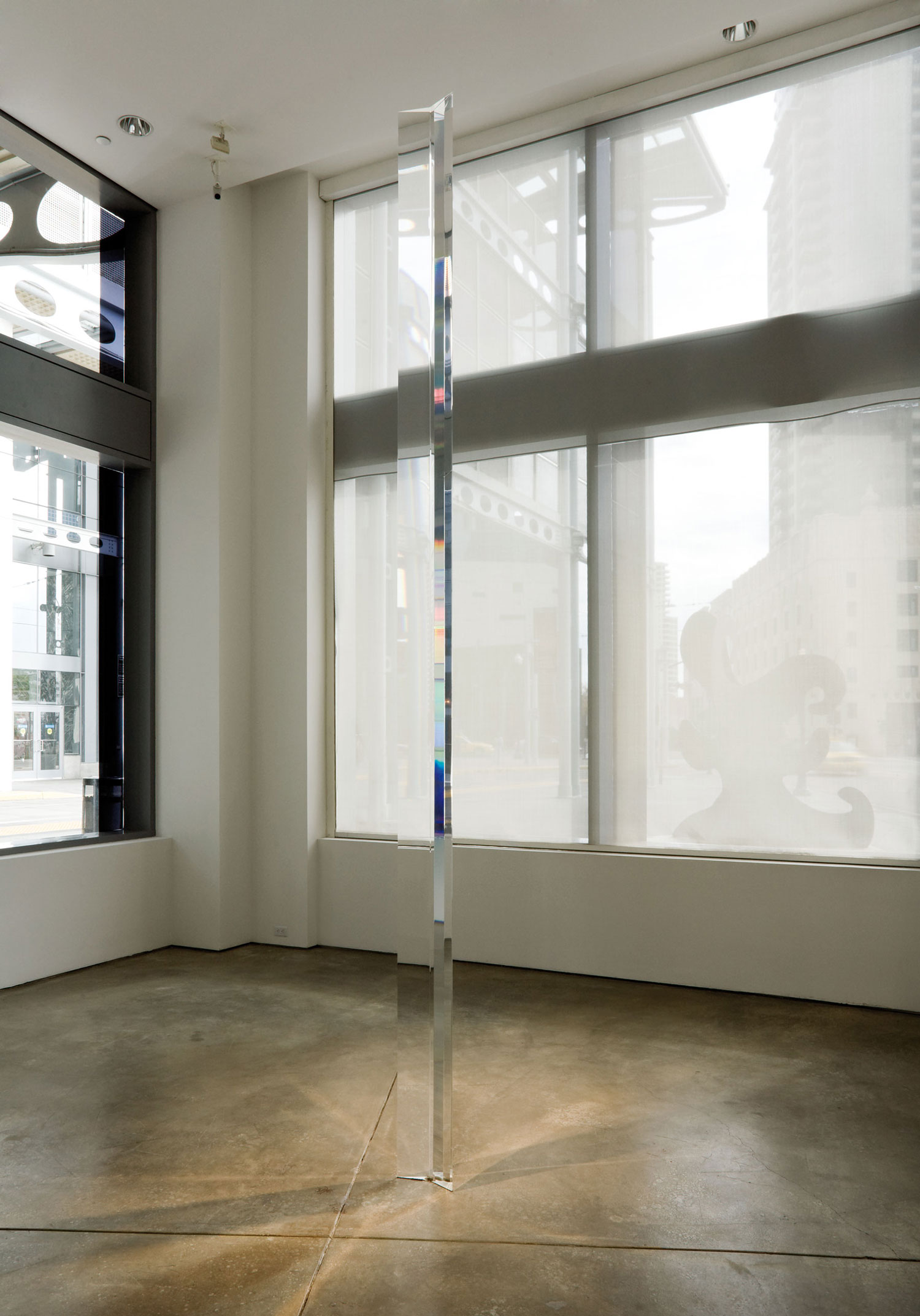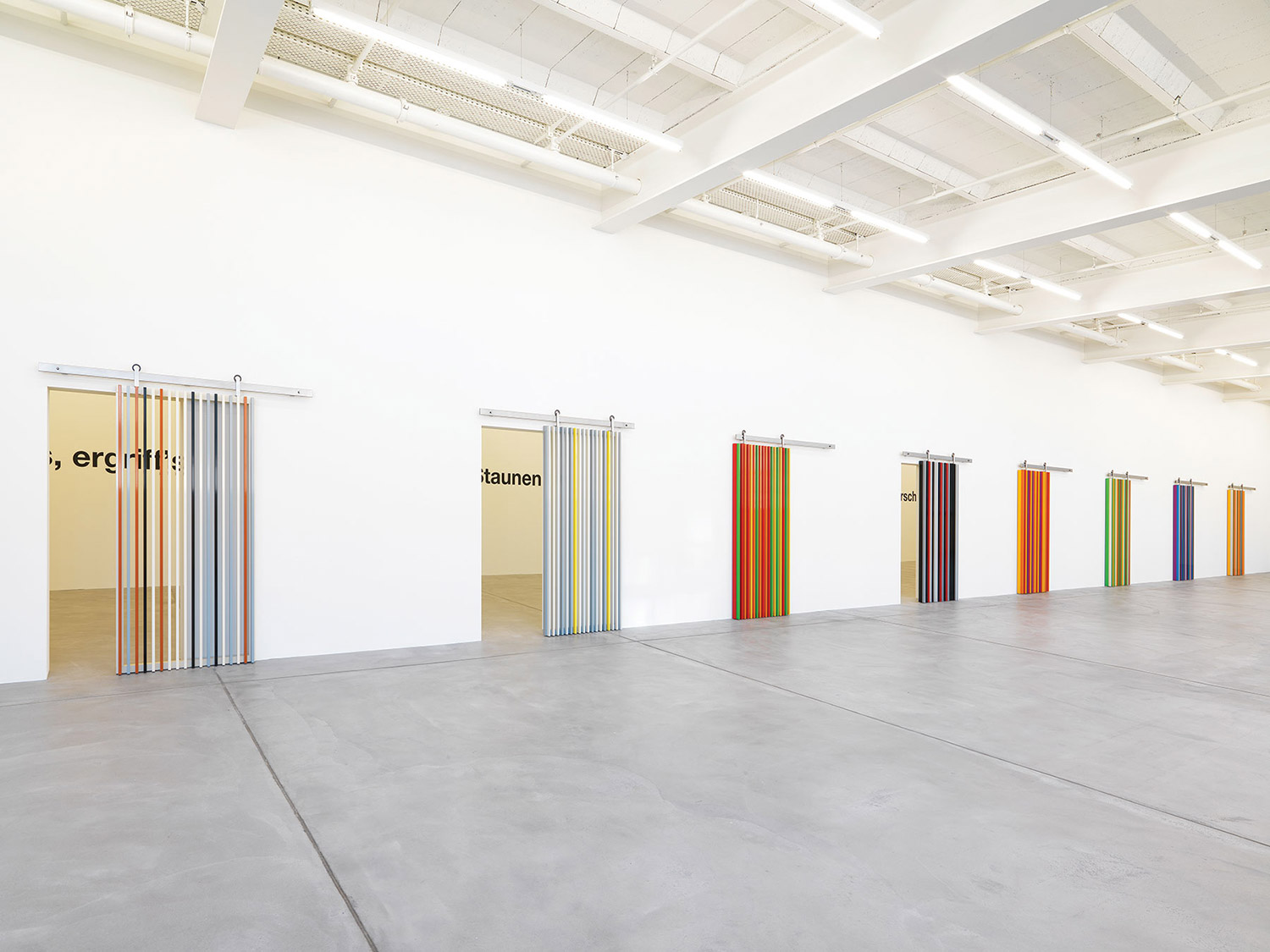
Jan Tumlir: In your latest paintings there are forms we identify as “figures,” simply because they are bounded by contour lines and then shadowed and highlighted. However vague they may be, these forms nevertheless locate an object outside the space of the painting proper.
Jon Pestoni: I try to use figuration as a resist to the more strictly painterly. That is, by painting the figurative in and out, it helps contrast, develop, question and specify the painterly. Instead of any outside object, I try to use figuration to ultimately locate the actual painting. I try to introduce problems into my practice, and figuration is just one among many others that include material, process and scale.
JT: In your works, one layer is painted over another, and is in turn over-painted, yet never completely. Previous layers show through, and/or accrue at the edges as a historical record of the work’s production. You have mentioned that one layer equals one day’s work, and this announces a process element. Generally, process art is understood as working against composition — it tends toward the systemic — but you never stop composing. You often speak about “push and pull” in this regard.
JP: I like to think that aesthetic elements can be the result of their corresponding processes of making. While I might think about push and pull in the traditional visual sense with each painted layer, I also think about it in regard to composition and failure, finishing and fallout. When I look for visual push and pull in composition, it is more of a step inside the larger push and pull between the accumulated layers and how they simultaneously destroy and create. I don’t necessarily know how to finish a painting except by repeatedly trying to. The idea of resolution and the unresolved is a further push and pull.
JT: Your latest paintings are generally larger than the previous. Many conform to the scale of your body. Does this scale shift follow from your decision to include the element of figuration?
JP: Initially, the move to a larger size was a way to further distance the hand from the mark, both in scale and cumulative application. Removing my own hand from the otherwise expressive or gestural marks has always been a concern, and the larger scale literally made it so that my hand could not complete or resort to its own natural tendencies. Because of the larger scale, I felt I could allow figurative forms into the painting without overwhelming it. It began simply as part of the succession of layers to be painted out, but I liked how it played against the painterly marks visually as well as the viewer’s expectations of resolution and intent. Despite the given relationship of scale to the heroic, my hope is that the larger works magnify more the accumulation of failure than any accomplishment. The working process simply supports this, continually finding ways to steadily work towards something I don’t already know.





